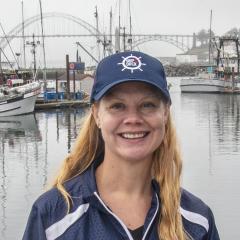Doerr co-authors article on investment and policy process in conservation monitoring
Despite decades of discussion and implementation, conservation monitoring remains a challenge. Many current solutions in the literature focus on improving the science or making more structured decisions. These insights are important but incomplete in accounting for the politics and economics of the conservation decisions informed by monitoring. Our novel depiction of the monitoring enterprise unifies insights from multiple disciplines (conservation, operations research, economics, and policy) and highlights many underappreciated factors that affect the expected benefits of monitoring. For example, there must be a strong link between the specific needs of decision makers and information gathering. Furthermore, the involvement of stakeholders other than scientists and research managers means that new information may not be interpreted and acted upon as expected. While answering calls for sharply delineated objectives will clearly add focus to monitoring efforts, for practical reasons, high-level goals may purposefully be left vague, to facilitate other necessary steps in the policy process. We use the expanded depiction of the monitoring process to highlight problems of cooperation and conflict. We critique calls to invest in monitoring for the greater good by arguing that incentives are typically lacking. Although the benefits of learning accrued within a project (e.g., improving management) provide incentives for investing in some monitoring, it is unrealistic, in general, to expect managers to add potentially costly measures to generate shared benefits. In the traditional linear model of the role of science in policy decisions, monitoring reduces uncertainty and decision makers are rational, unbiased consumers of the science. However, conservation actions increasingly involve social conflict. Drawing insights from political science, we argue that in high-conflict situations, it is necessary to address the conflict prior to monitoring.
